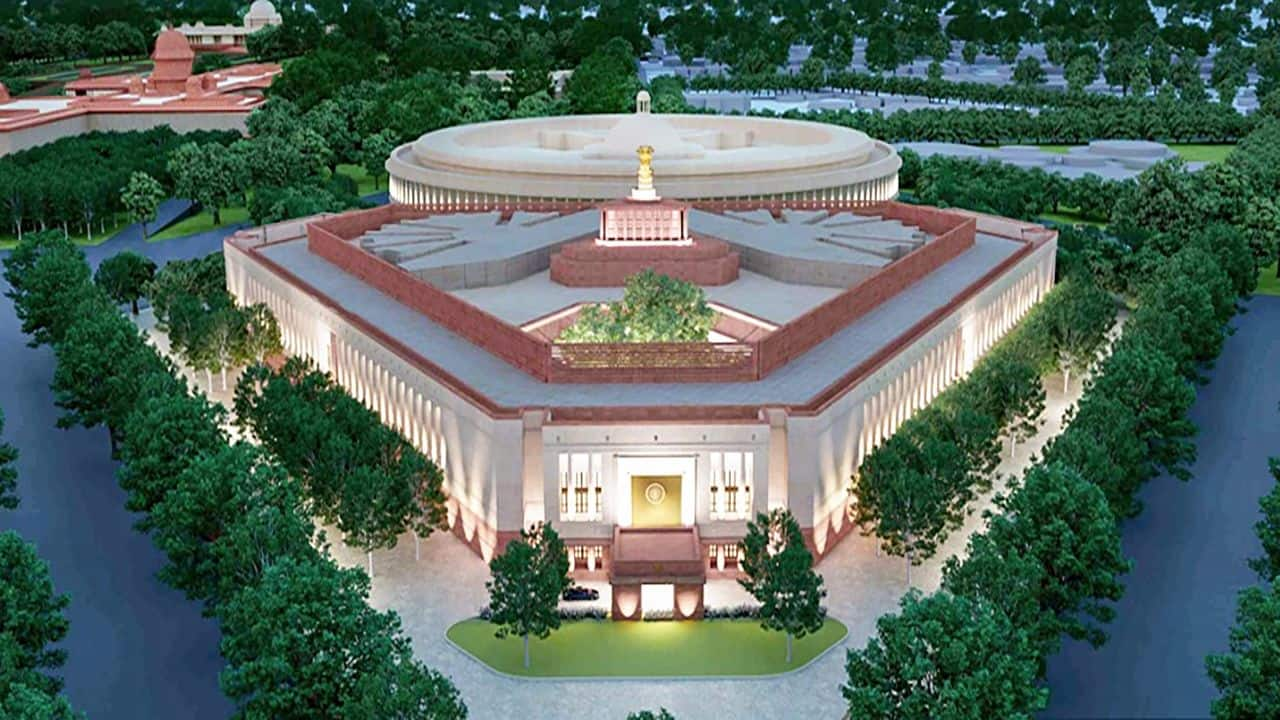Buildings are responsible for approximately 40% of global greenhouse gas emissions. These emissions are detrimental to the environment and threaten the global economy. In addition, there is increasing legal pressure from institutions on companies to go green. As a result, developers are scrambling to find ways of making buildings sustainable. This involves improving construction activities and architecture and optimizing the operation of buildings.
Green buildings are a potential solution to this problem. They are built responsibly and integrate innovative technologies to optimize energy consumption. In fact, green buildings are planned to be sustainable from the get-go and employ unique architectural features to achieve this.
In this article, we will discuss how green buildings are transforming the landscape and pushing for sustainability.
What are Green Buildings?
Green buildings are structures that are resource-efficient throughout their life cycle. So, during all its phases including planning, construction, operation, and maintenance, a green building will minimize its impact on the environment. It does so by saving energy, water, and materials and reducing the amount of waste generated. Additionally, green buildings are also fertile, productive grounds for communities to interact, inhabit and work in.
Green buildings consume fewer resources, operate with high efficiency, and are healthy and comfortable spaces for people. They solve their energy demands by generating it on-site via renewable sources and as a result, emit a minimal amount of greenhouse gases.
In the next section, we have listed the benefits of green buildings.
Benefits of Green Buildings
- Smart planning: Green buildings utilize simulation modelling and statistics to cleverly design the rooms. Designers align the walls and accordingly position the windows to increase the natural lighting in the rooms. Effective window placement reduces the need for artificial lighting and consequently energy bills. Moreover, it also increases solar gain in winter and replaces electrical heating with solar heating.
- High energy efficiency: Green buildings are high-performance buildings. They utilize building materials with high material efficiencies like lumbar, wood, and bamboo. These materials are renewable, recyclable, and produce less waste when compared to traditional building materials like concrete and steel.
- Self-reliance: Additionally, green buildings solve most of their energy demands by generating energy on-site. They integrate technologies like solar power systems and geothermal temperature control systems to improve energy efficiency. This also eliminates any dependency on coal power plants, which are responsible for tonnes of greenhouse gas emissions.
- High water efficiency: Green buildings also employ rainwater harvesting systems to conserve freshwater resources. Further, they take advantage of dual plumbing systems to deliver potable and reclaimed water separately to the inhabitants. It allows green buildings to recycle water and reuse it to satisfy their water demands. For instance, wastewater from toilet flushes and car washing can be treated and reused on-site conveniently.
- Enhanced air quality: A green building ensures high indoor air quality, thermal quality, and lighting quality to boost the productivity of its inhabitants. To achieve this, builders rely on modern ventilation systems and high-insulation walls. Green buildings also allow moisture level controls to eliminate any mould growth and bacterial existence. Plus, they employ smart HVAC systems to efficiently maintain the building temperature.
Discover Brands You Can Rely On
A green building enhances the well-being of its occupants and makes an enormous impact on their health and productivity. It also significantly brings down energy costs and makes asset tracking easy and manageable. As a result, there is a high demand for green buildings in every sector. If you are looking for a firm that can provide relevant green building solutions then we recommend getting in touch with Schnieder Electric. With their EcoStruxure Building platform, building owners can modernise and future-proof their present and future building management infrastructure. Moreover, their collaborative Internet of Things (IoT) solution includes a scalable, secure, and global architecture that convert traditional buildings into smart and sustainable structures.























